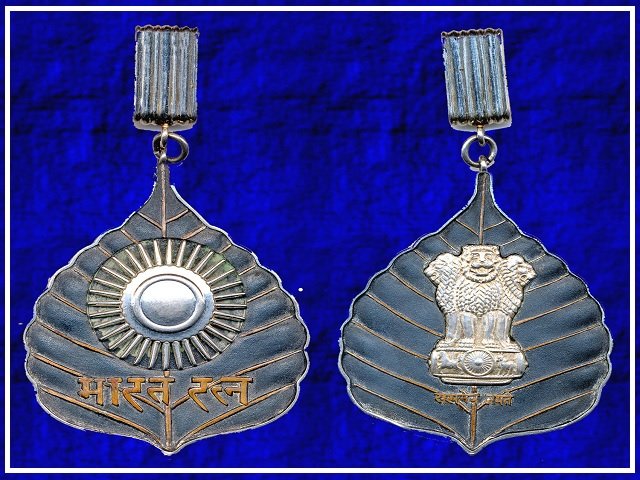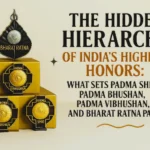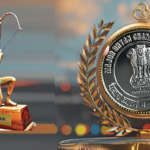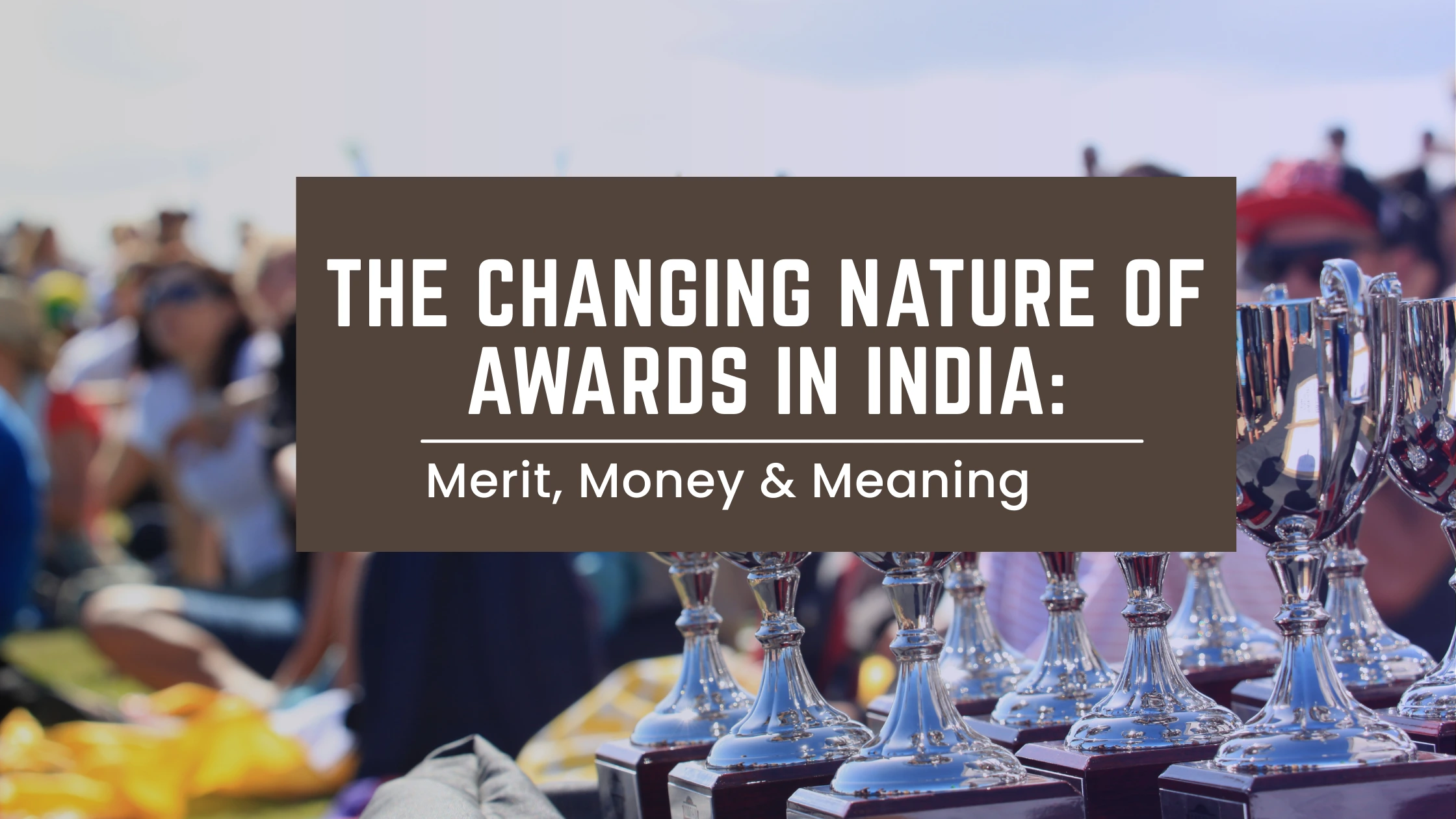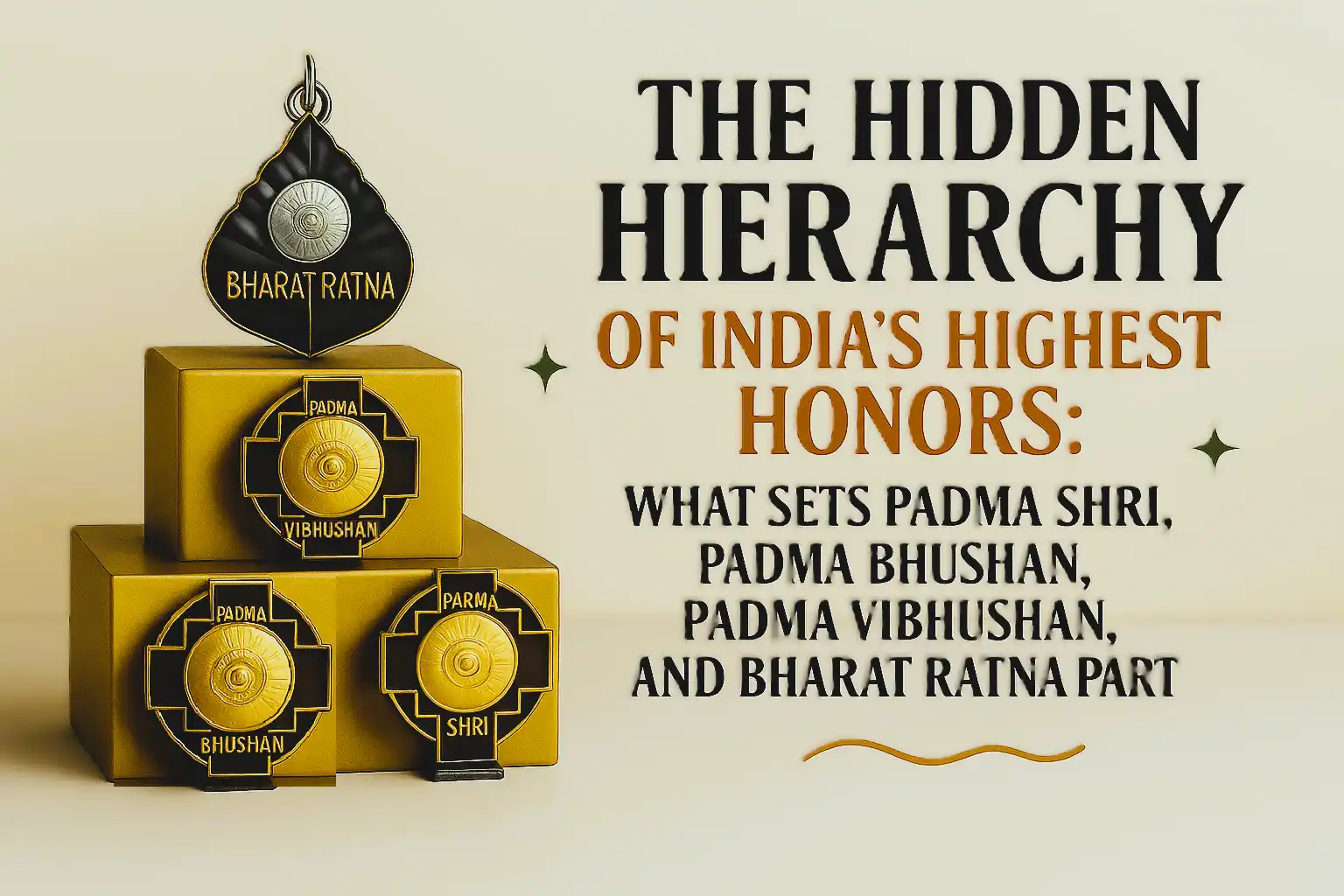The Bharat Ratna is the highest civilian award of India, recognizing individuals who have made exceptional contributions to the nation in fields such as arts, literature, science, public service, and sports. Established in 1954, the award symbolizes the nation’s gratitude toward those who have indelibly impacted Indian society and its global standing. Let’s explore the rich history, evolution, and significance of this prestigious honor.
History of the Bharat Ratna
The Bharat Ratna was introduced by the first President of India, Dr. Rajendra Prasad, on January 2, 1954. Initially, the award was meant to honour achievements in the fields of:
- Art
- Literature
- Science
- Public Services
However, in 2011, the scope of the award was expanded to include “any field of human endeavor,” paving the way for sportspersons and other contributors to be eligible for this prestigious honor.
First Recipients (1954)
The first three recipients of the Bharat Ratna were:
- Dr. Sarvepalli Radhakrishnan – Philosopher and statesman
- C. Rajagopalachari – Last Governor-General of India
- Dr. C.V. Raman – Renowned physicist (Nobel Laureate for the Raman Effect)
Design and Composition of the Award
- The award is shaped like a peepal leaf and is made of toned bronze.
- On the front side, it features the sun along with the words “Bharat Ratna” in Devanagari script.
- On the reverse side, it bears the State Emblem of India and the national motto “Satyameva Jayate.”
- It is worn around the neck with a white ribbon.
Unlike most other civilian awards, the Bharat Ratna does not carry any monetary grant — the honor itself is seen as the highest recognition of national service.
How the Award Has Evolved Over the Years
1. Expansion of Categories
- In 2011, the government widened the award’s eligibility to “any field of human endeavour.”
- This allowed sportspersons like Sachin Tendulkar (2014) and political figures like Atal Bihari Vajpayee (2015) to be recognized.
2. Posthumous Awards
- The Bharat Ratna can be conferred posthumously (since 1955).
- Some of the notable posthumous recipients include:
- Lal Bahadur Shastri (1966) – Former Prime Minister
- Dr. B.R. Ambedkar (1990) – Architect of the Indian Constitution
- Subhash Chandra Bose (1992) – Awarded posthumously but later withdrawn due to lack of clarity over his death
Unknown and Interesting Facts
- Only 48 individuals have received the Bharat Ratna to date (as of 2025).
- The youngest recipient is Sachin Tendulkar, awarded at the age of 40 in 2014.
- M. S. Subbulakshmi (1998) was the first musician to receive the Bharat Ratna.
- Mother Teresa (1980) was the first naturalized Indian citizen to receive the honor.
- Khan Abdul Ghaffar Khan (1987), also known as “Frontier Gandhi,” was the first non-Indian citizen to receive the Bharat Ratna.
Benefits Given to Bharat Ratna Awardees
While the Bharat Ratna itself does not carry any financial reward, it brings several honorary privileges:
✅ Lifetime free first-class train and domestic flight travel
✅ Special protocol at government functions and state events
✅ Diplomatic passport (in some cases)
✅ Tax exemption on the award
✅ Place of honor at national events like Republic Day and Independence Day
Life After Being Honored with Bharat Ratna
Receiving the Bharat Ratna elevates the recipient’s stature both nationally and globally. Awardees often become symbols of national pride and are called upon for advisory roles and public engagements.
- Sachin Tendulkar, for example, became a Member of the Rajya Sabha after receiving the Bharat Ratna.
- Dr. A.P.J. Abdul Kalam (1997) became the 11th President of India in 2002 after receiving the honour.
- The award often cements the recipient’s legacy, inspiring future generations and securing their place in Indian history.
Conclusion
The Bharat Ratna remains a timeless symbol of India’s recognition of excellence and service. It reflects the values and aspirations of the nation, honoring those whose contributions have left an enduring impact on India and the world.

